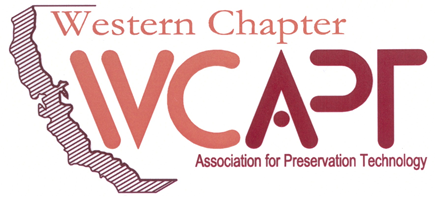Tools for Preservation Commissioners
Preservation Commissioners, serving as part of local governments across the state, play invaluable roles in promoting the active, respectful use of historic buildings and districts. Below are a number of tools to help Preservation Commissioners throughout the region be better stewards of the historic resources in their communities.
Preservation Commissioner Tutorial - MD
This tutorial offers practical training and education that Commissioners and staff require to be effective. It provides them with practical information: basic concepts, common terminology, and core principles of preservation practice. While the tutorial is targeted primarily towards commission members and staff, others such as code officers, elected officials, and Main Street managers may also benefit from the training.
For the Record: The NAPC Short Guide to Parliamentary Procedure
The National Alliance of Preservation Commissions (NAPC) has compiled and written For the Record: The NAPC Short Guide to Parliamentary Procedure to help commission members and staff understand parliamentary procedure and to serve as a handy reference when questions arise.
Office of Historic Preservation E-Learning Modules: Secretary of the Interior's Standards
The California Office of Historic Preservation provides this free e-learning course, designed for historic Preservation Commissioners, planning staff, local government officials, and anyone who wants to better understand the Secretary of the Interior's Standards for the Treatment of Historic Properties.
Wisconsin Historical Society: Preservation Commission Training
This website hosted by the Wisconsin Historical Society is the only comprehensive online training program of its kind for Preservation Commissioners in the United States. It has been designed for new commissioners, but it is also a useful tool for experienced commissioners who have a need for more advanced information.
Secrets of a Successful Application, by Lisa Craig
This article reveals how a good application creates a transparent procedural process, supports the purpose of your historic district ordinance, and leads to the ultimate goal for the historic property owner: project approval.
Demolition Delay: A Tool, Not a Solution, by Kuri Gill
This article, published by the National Alliance of Preservation Commissioners, explores the effectiveness of demolition delay as a preservation tactic. In one study, only one of 19 historic resources submitted for demolition was saved during the delay process. In contrast, where demolition denial has been enacted, all properties denied demolition are still standing.














